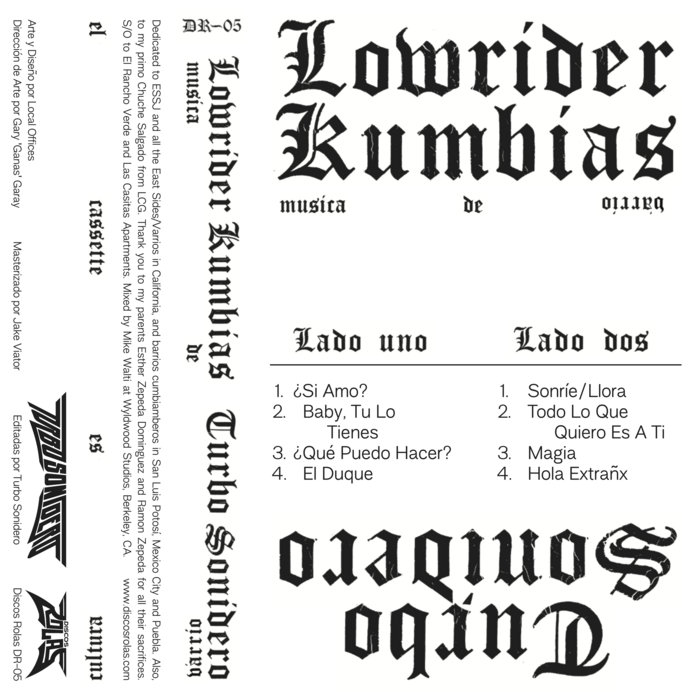
Chica de metal – Kumbia Queers
this blog is GROOVY – check out great Soul, Funk, Jazz, Hip Hop, Bass, Breaks , Reggae, House n many more TUNES
Cumbia! Just saying the word makes you want to dance, right? This infectious Latin rhythm has roots that dig deep into the soil of Colombia, blending African, Indigenous, and European influences. So grab your maracas and let’s take a funky ride through the history of cumbia!
Cumbia sprouted in the coastal regions of Colombia during the 19th century. It was born from a mix of various cultures—the African rhythms brought by enslaved people, Indigenous instruments like flutes and drums, and Spanish melodies. Picture this: communities coming together along riversides with lively dances around fires under starry skies—sounds like a party we’d all love to attend!
The word “cumbia” is thought to derive from either “cumbe,” an African term for dance or “cumbianche,” which means “to come together.” Sounds fitting for such a communal genre!
In traditional cumbia bands (or agrupaciones), you’ll find a fascinating collection of instruments:
Imagine someone playing accordions while simultaneously banging away on drums with one hand and shaking spoons in the other—that’s multitasking at its finest!
Flash forward to the 1940s – suddenly it wasn’t just parties celebrating life; cumbia caught the ears of record label owners. Musicians started fusing cumbia with jazz and big band sounds—voilà! It became radio-friendly gold.
One hilarious story comes from renowned musician Alberto “El Pibe” Escobar who once sang his hit song La Cumbiamba so much at family gatherings that even his grandmother would roll her eyes when she heard it again. But hey—it’s hard not to be proud when your grandma knows all your lyrics!
In Mexico during this period, groups like Los Angeles Azules took center stage by merging cumbia with pop music—a fusion still rocking dance floors today.
Did you know there are workout videos featuring cumbias? That’s right! Fitness enthusiasts discovered that grooving to these beats could burn calories while keeping spirits high. Talk about dancing off those tacos after Taco Tuesday!
By the late 20th century, Argentine musicians embraced cumbia and created their own variant called cumbia villera, which reflects life in poorer neighborhoods (villas). With catchy hooks and often humorous lyrics about everyday struggles—imagine rapping about running out of toilet paper—this style gained immense popularity among youth.
Meanwhile, Colombians were surfing waves back home as artists like Carlos Vives began infusing traditional sounds into mainstream pop tracks that stirred up national pride everywhere.
To make things light-hearted: one popular tune was so catchy that people claimed they couldn’t stop humming it—even taking it into church services where hymns turned rhythmic just right before communion time! Who knew holy graces could have such solid beats?
Fast forward again—to present day—and here comes reggaeton crashing onto festival stages alongside good ol’ traditional Colombian sounds giving birth to new styles such as tropical urbano. Kicking up collaborations between stars like Shakira & J Balvin will leave everyone singing along even if language isn’t spot-on—hey no pressure; just feel those grooves flow!
And don’t forget: wherever there are major festivals—from Coachella down South—the irresistible charm of live-cumbias gets audience members jumping everywhere from grandmas reliving their youth step-by-step while youngsters sway away free-style without care… What do they say? Age is only what registered on paper—it doesn’t matter when you’re lost within music’s embrace!
Let’s share some chuckles too because what’s history without laughter? There was infamous performer Celso Piña known as “El Rebelde del Acordeón.” He had a habit for showing up fashionably late—not because he wanted but rather due delays caused by fans squeezing him nonstop for selfies outside venues.
Another firecracker character is Lucho Bermúdez who always wore dazzling costumes boasting bright colors while playing accordion solos faster than anyone else could say ‘fiesta!’ Legend says he slipped once…good news—it ended being part showbiz lore later retold repeatedly backstage over drinks throughout nights filled wildly chaotic joy until dawn broke anew.
So here we stand today—with every beat pulling us closer together across borders fueled by passion (and maybe some delicious empanadas). From humble beginnings steeped deeply amidst riverbanks blossoming into euphoric movements uniting cultures worldwide—we owe many thanks now more than ever towards CUMBIA!!!
Next time you’re getting ready for an epic soirée or cooking dinner alone at home give ‘the groove’ its rightful place among playlists – trust me—it transforms even dishes less spicy until full octane divine flavor shines bright – y’all won’t regret moving along side each note played 🎶💃🏻🕺🏽

Chica de metal – Kumbia Queers

Baby, Tu Lo Tienes – Turbo Sonidero